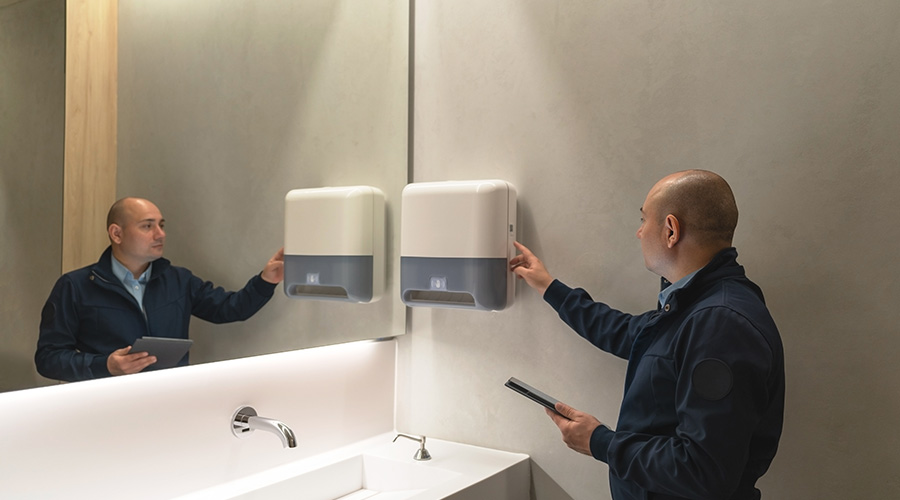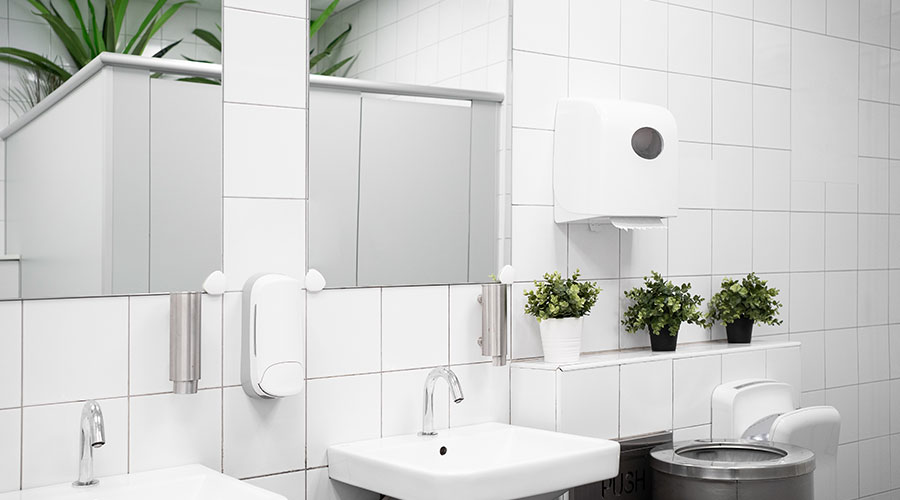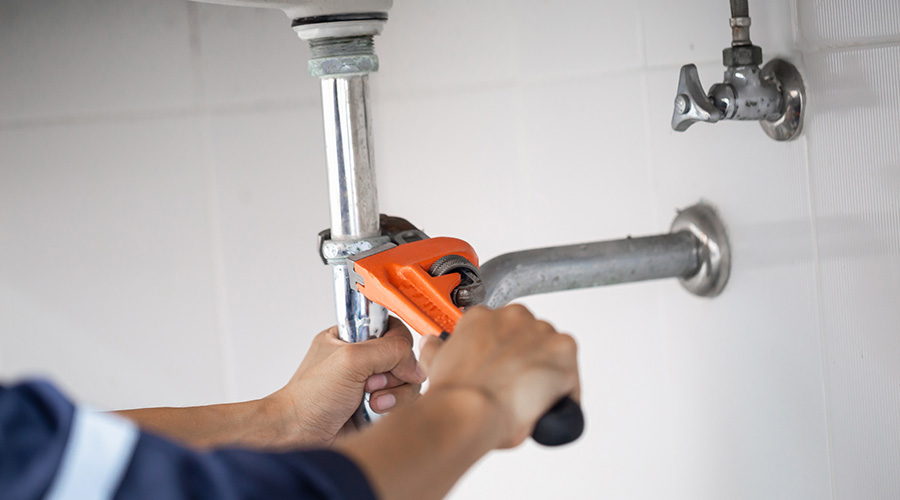Drain Cleaning: Cameras Provide Inside Look at Clogs
For maintenance managers who have not specified drain-cleaning equipment in recent years, changes in the technology might seem subtle at first glance. But as manufacturers of this equipment point out, their products have undergone important changes, all with the goal of addressing the needs of front-line technicians to keep pipes and drains flowing freely.
Because of this evolution, specifying drain-cleaning equipment is more complex. As a result, managers will need to pay more attention to key considerations, including specific facility needs, financial considerations, and operator safety and training.
Product Evolution
In general, today's draining-cleaning units — including mechanical snakes, kinetic water units, and jetters and pressure washers — are more compact, lighter weight, and easier to use than their predecessors, and they offer greater power and flexibility.
While managers might think first of mechanical snakes to unclog drains, new-generation pressure washers also offer a viable option for such tasks.
"Rather than fitting a standard pressure washer with drain-cleaning hoses and nozzles, machines have been developed with a pulsation-enabling valve that disables one of the pump plungers, causing the hose and nozzle to pulse," says Steven Spielmann, customer service and technical manager with Goodway Technologies Corp. "This makes it easier to negotiate bends."
Many new-generation drain cleaners offer one true advance that is nearly invaluable: small inspection cameras that allow operators to see far into clogged pipes.
"In the old days, you did not know what was down the pipe and what sort of condition the pipes were in," says Nick Woodhead, president of US Jetting. "When they were cleaned, there was no way of knowing if the material was removed or just had a hole pushed through it."
Now, inspection cameras on the ends of cables give equipment operators an up-close view of the problem. Inspection-camera units have several components, including the cable reel, pushrod, and camera chip in a pick-up head with a light source to illuminate the problem. Self-leveling cameras always show the water at the bottom in the correct orientation as it sits in the drain line. Because of their performance, cameras have moved from novelty to must-have.
"Five or ten years ago, if you had a unit with a camera, you were one of only one or two in town who could afford it," says Renee Brown, product manager with RIDGID. "It's more of a necessity now."
Related Topics:
















